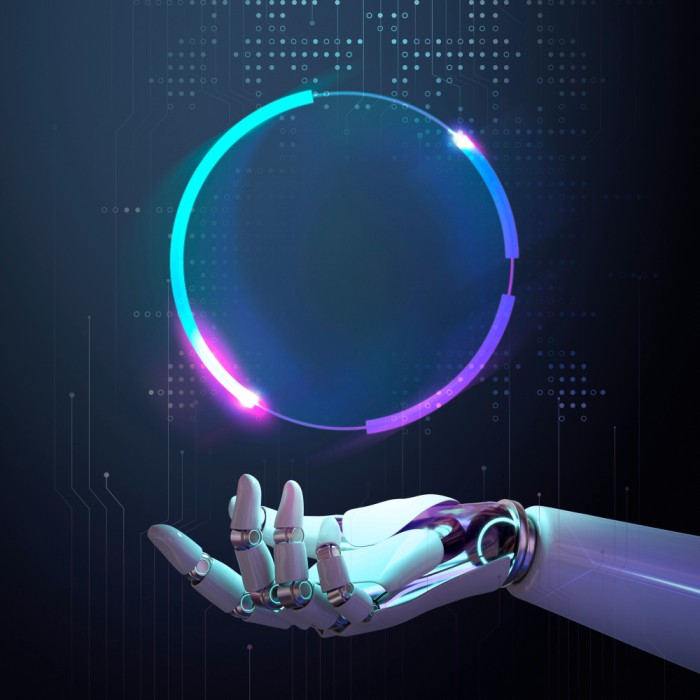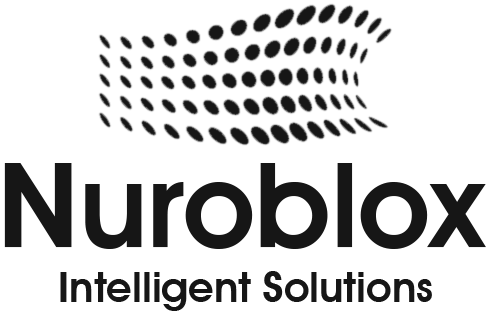What Is Robotic Process Automation? Guide to RPA
Manual, repetitive tasks are slowing businesses down. Whether it’s entering data, processing forms, or moving information between systems, these routine activities consume time and leave room for errors. Robotic Process Automation (RPA) is changing that by using software “bots” to handle these tasks quickly, accurately, and 24/7.
But what exactly is RPA, and why is it gaining so much traction across industries? This guide breaks it down from how it works to where it’s used and the value it brings. If you’re looking to understand automation in simple terms and see how it can transform business operations, you’re in the right place.
What Is Robotic Process Automation (RPA)?

Robotic Process Automation (RPA) is a technology that uses software bots to automate repetitive, rule based tasks typically performed by humans. These bots mimic actions such as clicking, typing, copying data, and moving files across systems, without the need for complex programming or changes to existing infrastructure.
Think of RPA as a digital workforce that works around the clock to handle tasks like data entry, invoice processing, or report generation faster and with fewer errors. Unlike traditional automation, which often requires deep integration with IT systems, RPA interacts with applications just like a human would, using the graphical user interface (GUI).
In essence, RPA helps businesses boost efficiency, reduce costs, and allow employees to focus on higher value, strategic work.
How Robotic Process Automation Works
Robotic Process Automation (RPA) works by deploying software bots that mimic human actions to interact with digital systems. These bots follow predefined rules and workflows to complete tasks across various applications, just like a human user would only faster and more accurately.
Here’s how RPA works in simple steps:
- Trigger the Process:
The bot is activated either by a schedule, a user command, or a specific event (like receiving an email). - Access Applications:
RPA bots log into systems, open applications (like Excel, ERP, CRM, or email), and navigate screens just like a human. - Extract and Process Data:
They copy and extract information from documents, databases, or websites, and perform tasks like data entry, validation, or comparison. - Make Rule Based Decisions:
Bots follow conditional logic “if this, then that” to decide the next step based on pre defined business rules. - Generate Output and Update Systems:
After completing the task, the bot inputs data into systems, updates records, generates reports, or sends notifications.
Types of RPA Bots:
- Attended Bots: Work alongside humans and are triggered by user actions ideal for front office tasks.
- Unattended Bots: Run independently in the background on a schedule or trigger, perfect for back office processes.
RPA doesn’t require deep system integration. Instead, it sits on top of existing applications, making it a fast and flexible automation solution for most enterprises.
Key Benefits of Robotic Process Automation
Robotic Process Automation (RPA) offers a wide range of benefits that make it an attractive solution for businesses looking to streamline operations and stay competitive. Here are the key advantages:
Increased Efficiency and Speed: RPA bots can perform tasks significantly faster than humans, without breaks or downtime. This leads to quicker process completion and higher overall productivity.
Cost Reduction: By automating routine tasks, organizations can reduce labor costs and reallocate human resources to more strategic, value adding activities. The ROI on RPA can often be realized within months.
Improved Accuracy and Compliance: RPA eliminates human error in data entry and processing by strictly following programmed rules. It also ensures consistent compliance with regulatory standards by maintaining detailed audit trails.
Enhanced Scalability: RPA systems can easily scale up or down based on demand. Bots can be added, removed, or reconfigured to handle fluctuating workloads without the need for additional infrastructure.
Better Employee Experience: By automating mundane and repetitive tasks, RPA frees up employees to focus on more meaningful and creative work. This can lead to higher job satisfaction and reduced burnout.
Quick Implementation Without Major IT Changes: RPA works on top of existing systems and applications without requiring deep integration or changes to legacy infrastructure. This makes deployment faster and less disruptive.
These benefits collectively make RPA a powerful enabler of digital transformation, helping businesses become more agile, cost-efficient, and future ready.
Future of Robotic Process Automation

Robotic Process Automation (RPA) is evolving rapidly, moving beyond basic task automation toward more intelligent, integrated solutions. As businesses continue their digital transformation journeys, the future of RPA looks more dynamic, scalable, and AI powered.
1. Shift from Rule Based to Intelligent Automation
Traditional RPA is rule driven. However, the future lies in Intelligent Automation (IA), which combines RPA with AI, machine learning, NLP, and decision engines. This enables bots to handle unstructured data, make predictions, and continuously improve.
2. Rise of Hyper Automation
Gartner coined “hyper automation” to describe the expansion of automation across an organization, integrating RPA with AI, process mining, and analytics. This helps businesses identify, prioritize, and automate processes end to end at scale.
3. Increased Adoption Across Industries
As tools become more accessible and low code/no code platforms mature, RPA will become standard in industries like:
- Healthcare: Automating patient onboarding, billing, and records
- Banking & Finance: Regulatory compliance, fraud detection, and loan processing
- Retail & E commerce: Order management, customer support, and logistics
4. Cloud Native and Scalable Automation
RPA platforms are moving to the cloud, offering greater scalability, flexibility, and lower deployment costs. Cloud native RPA also integrates more easily with modern SaaS tools and hybrid infrastructures.
5. Human Bot Collaboration
The future of RPA isn’t about replacing humans, it’s about augmenting them. Bots will handle repetitive work while humans focus on creative, strategic, and decision-making tasks. Expect more intuitive interfaces and seamless handoffs between humans and digital workers.
6. Governance, Ethics & Compliance
As RPA becomes mission-critical, organizations will need robust governance frameworks to manage bot lifecycles, ensure compliance, and reduce risks. Transparency, security, and auditability will be central to long term success.
Conclusion
Robotic Process Automation (RPA) is more than just a tool for automating repetitive tasks; it’s a gateway to greater efficiency, accuracy, and innovation across the enterprise. By taking over rule based processes, RPA allows businesses to reduce costs, improve compliance, and free up employees for higher value work.
As the technology continues to evolve, blending with AI and expanding into hyper automation, RPA is set to become a core component of digital transformation strategies. Whether you’re just exploring automation or looking to scale your efforts, understanding RPA’s potential is the first step toward a smarter, faster, and more resilient organization.
Now is the time to assess your processes and consider where automation can deliver the greatest impact.


